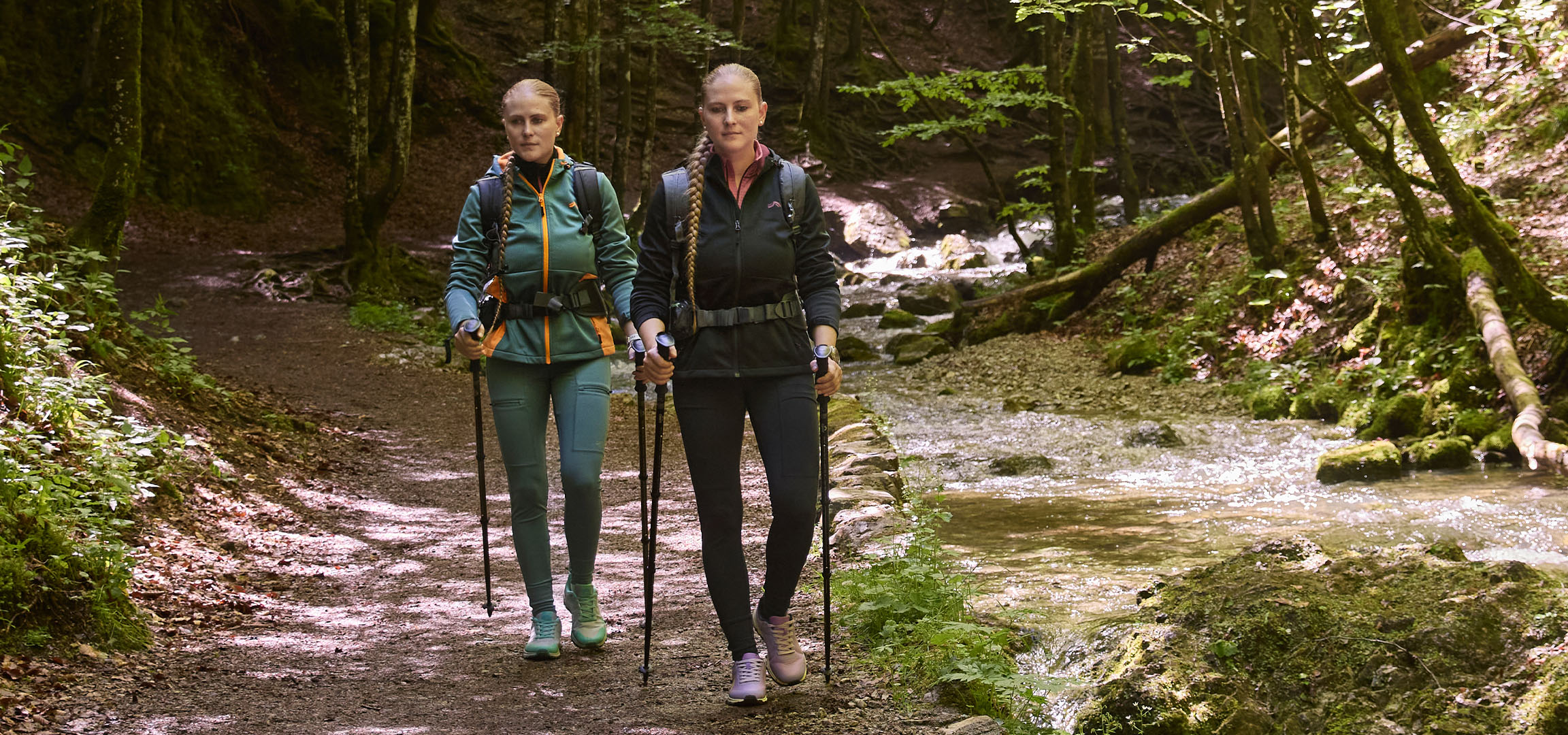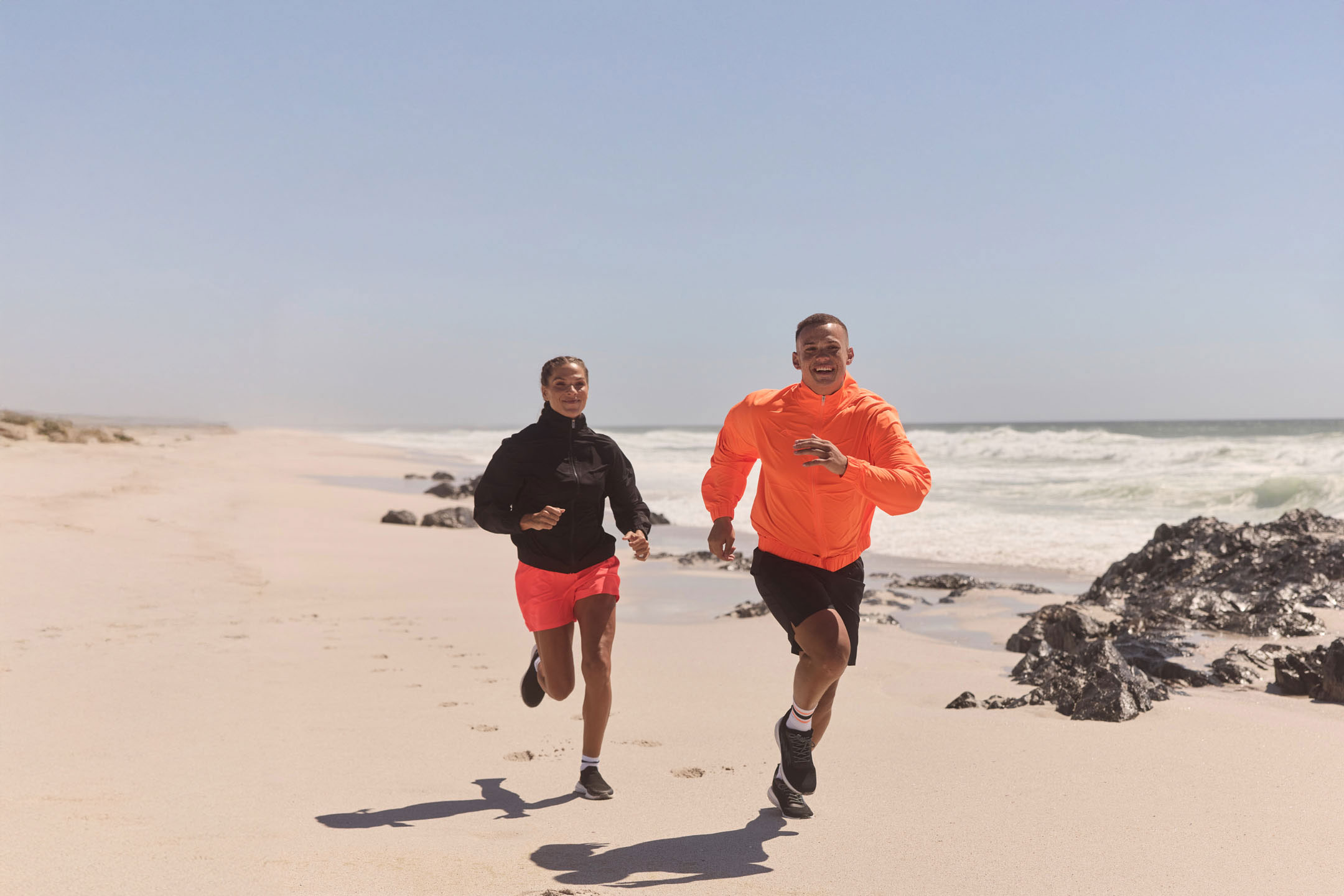How to get started hiking in the mountains
The first summit is more than just a goal - it's a milestone. A moment that stays with you. Whether you are completely new to hiking or finally want to go higher: The route to your first summit doesn't have to be extremely difficult or dangerous. With the right planning, a bit of fitness and a lot of curiosity, your tour will be an unforgettable nature experience.
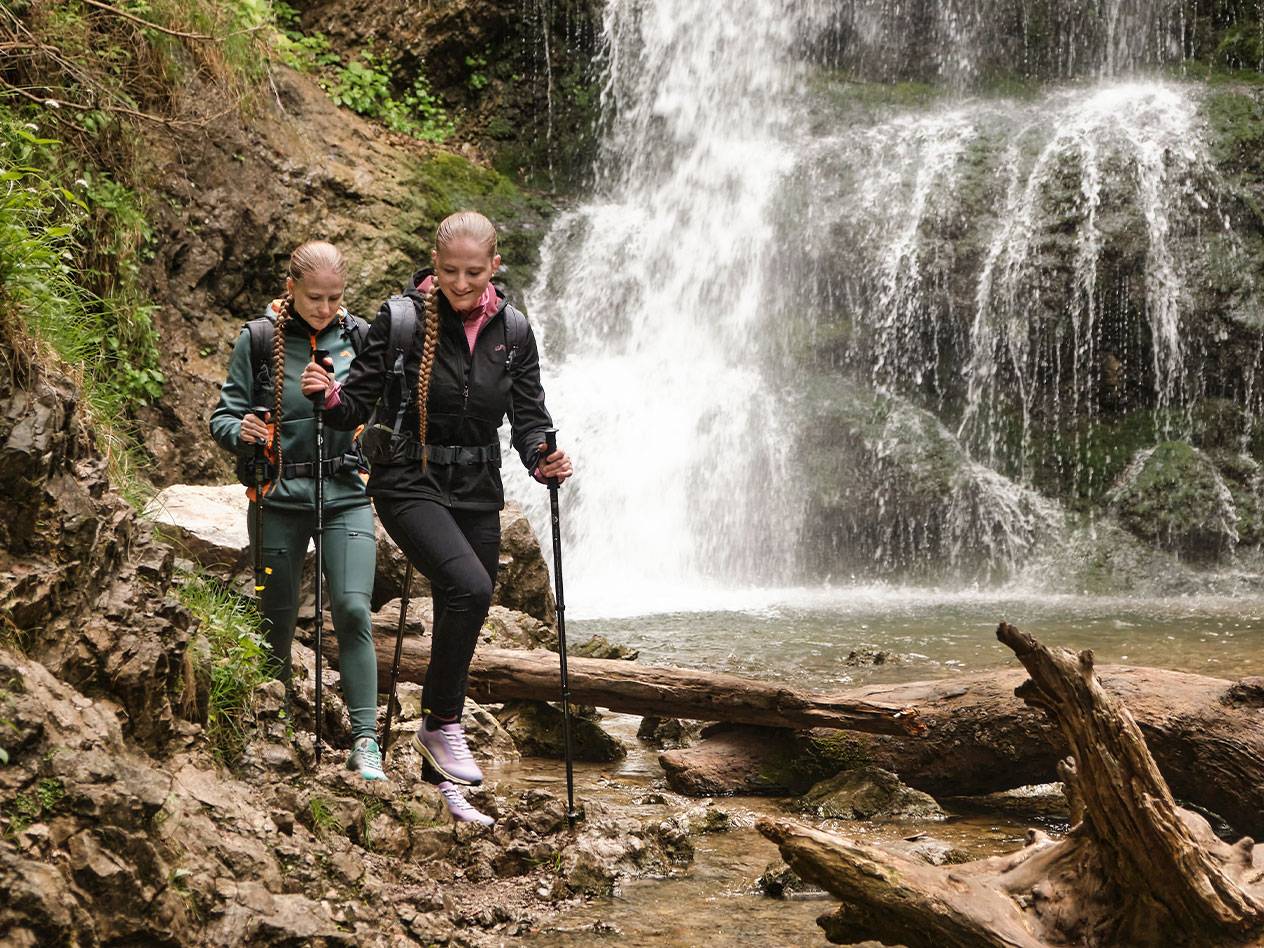
What is a summit tour?
A summit tour is not just a hike - it is a real experience for body and soul. Especially the first time is special when you climb the mountain above the tree line.The far-reaching views - over valleys, forests and sometimes even as far as the horizon. Peace and quiet - far away from the noise of everyday life. Pride & motivation - because when you get to the top, you've achieved something that stays with you.
The best thing about it: you don't need professional equipment and don't have to start with the highest peak. You can find smaller mountains that are perfect for beginners - well marked, scenic and safe to climb.
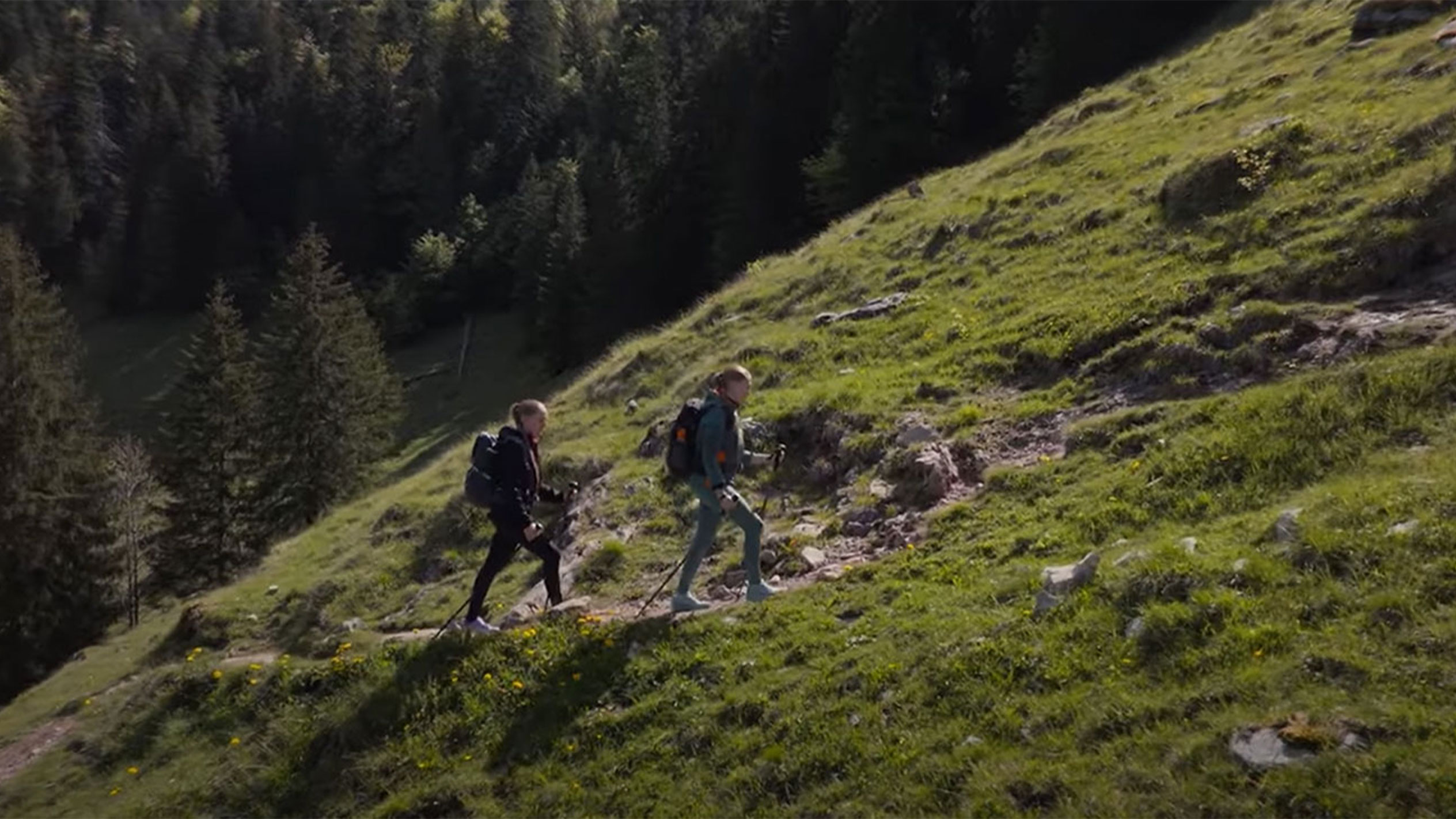
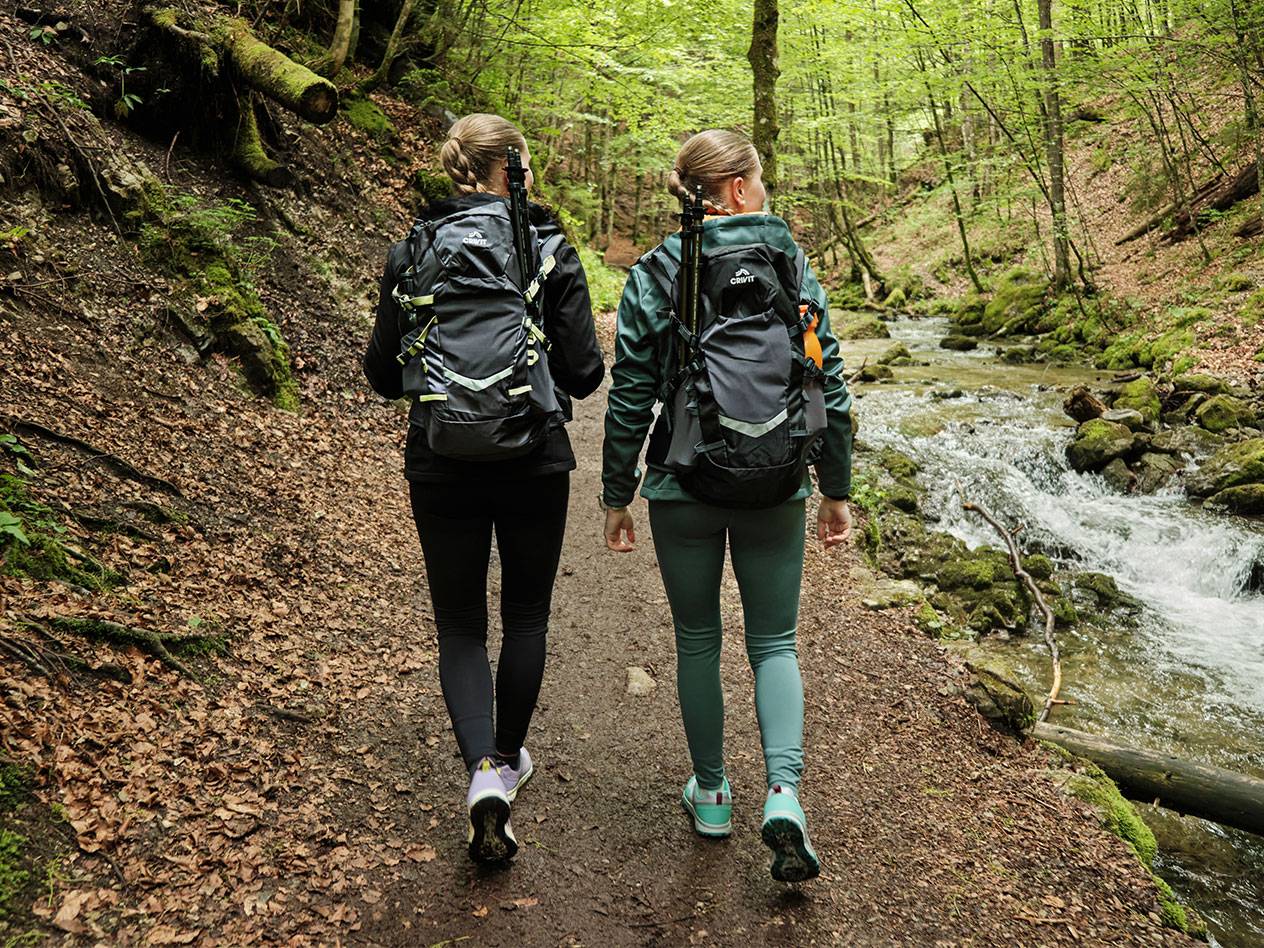
Which summit is suitable for beginners?
Not every mountain is a good mountain for beginners. But there are plenty of mountains that are ideal as a first summit. You should take time to plan and take advise from professionals.
1. low technical difficulty
- Hiking trails without climbing passages
- Marked paths with little scree
- No steep ridge paths or exposed sections
2. moderate metres in altitude
- The ideal ascent is 400 to 800 metres in altitude
- Walking time: approx. 3 to 5 hours (outward and return journey)
3. good infrastructure
- Car park nearby
- Refreshment stops or huts along the way
- Signposting and GPX track available
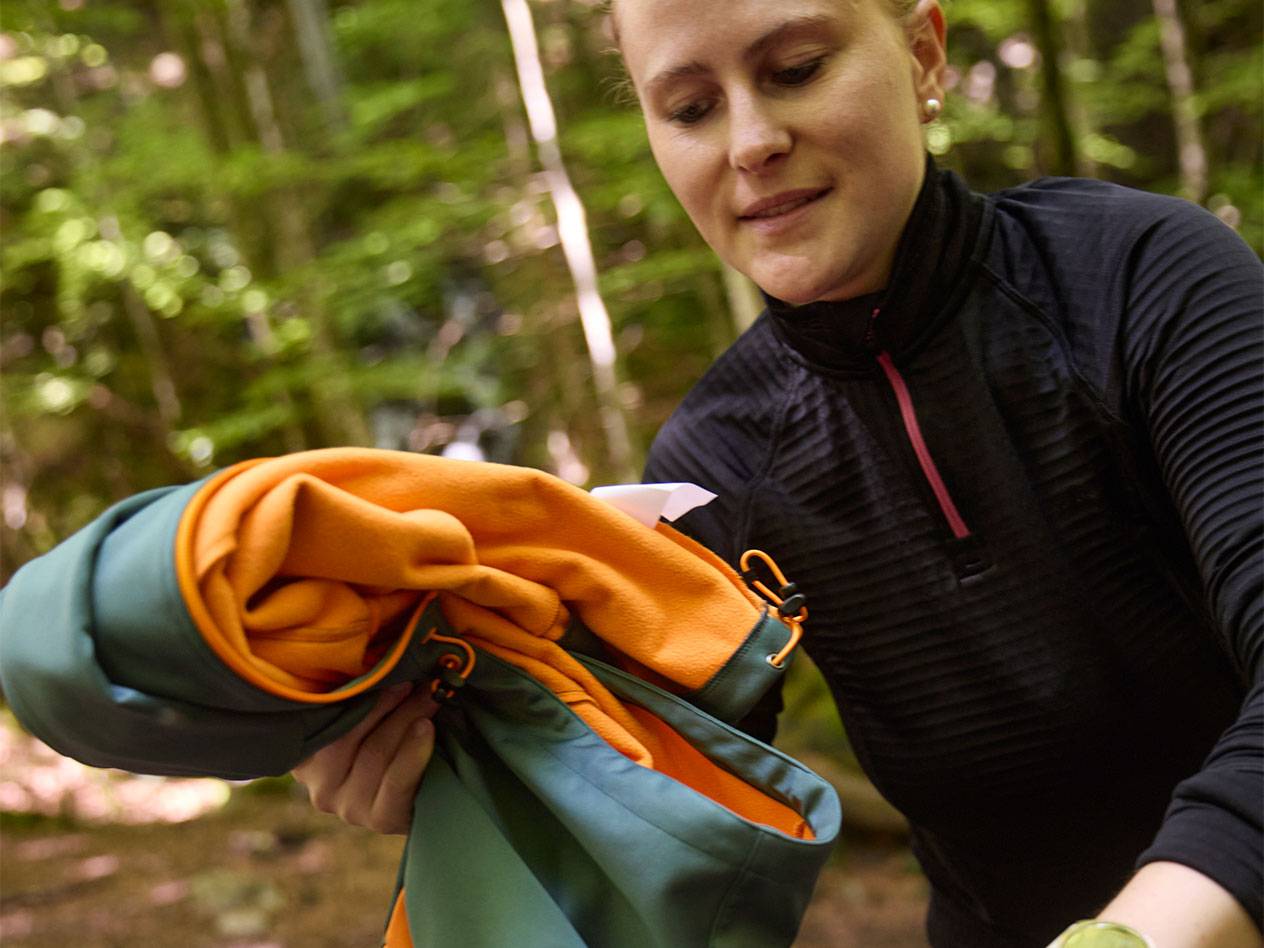
Step-by-step to your first summit tour: how it works
Before your first summit tour, you should prepare and equip yourself properly. As experienced outdoor enthusiasts, Isa and Maren have some tips for beginners that you should definitely consider before you climb your first summit.
1. choose a suitable route
You can browse the internet or outdoor apps. Difficulty levels are usually also given.
2. find out about the weather beforehand
This makes packing for the tour easier. "Many people start with too much - or the wrong thing. An overloaded rucksack makes everything more difficult." A look at the weather forecast can therefore help.
3. choose appropriate clothing
"Good clothing is particularly important when hiking. Your clothing can vary greatly depending on the weather and season. Your outerwear and shoes in particular should keep out the wind and rain and still allow you to breathe," the Twins recommend.
4. pack an appropriate change of clothes
When hiking, it's often worth having several layers because "you get warm quickly when you're moving", Isa and Maren know. Their tip: "Don't put on too much at the beginning, but pack a change of clothes, wind and rain jacket."
5. find suitable shoes and break them in
Nothing is worse on a summit tour than blisters on your feet. That's why they should not only fit well, but also be broken in. "They should also have good grip so that they give you support in the terrain."
6. pack your rucksack correctly
A heavy rucksack makes the way up a lot more challenging. "How you pack your rucksack can make a huge difference." How to do it right? "Pack heavy things first and always close to your back."
7. use trekking poles
Special trekking poles are designed to take the strain off your knees on mountain tours. "The poles can be a great help, especially downhill or on difficult paths," say the twins, who always have them with them. "They can be perfectly adjusted to your own size. When pushed together, you can still easily take them with you.
8. go out and enjoy it
Finally, all that's left to do is go out and enjoy it. Always remember the words of Isa and Maren: "It's not about getting to the top first, but what you experience on the way."
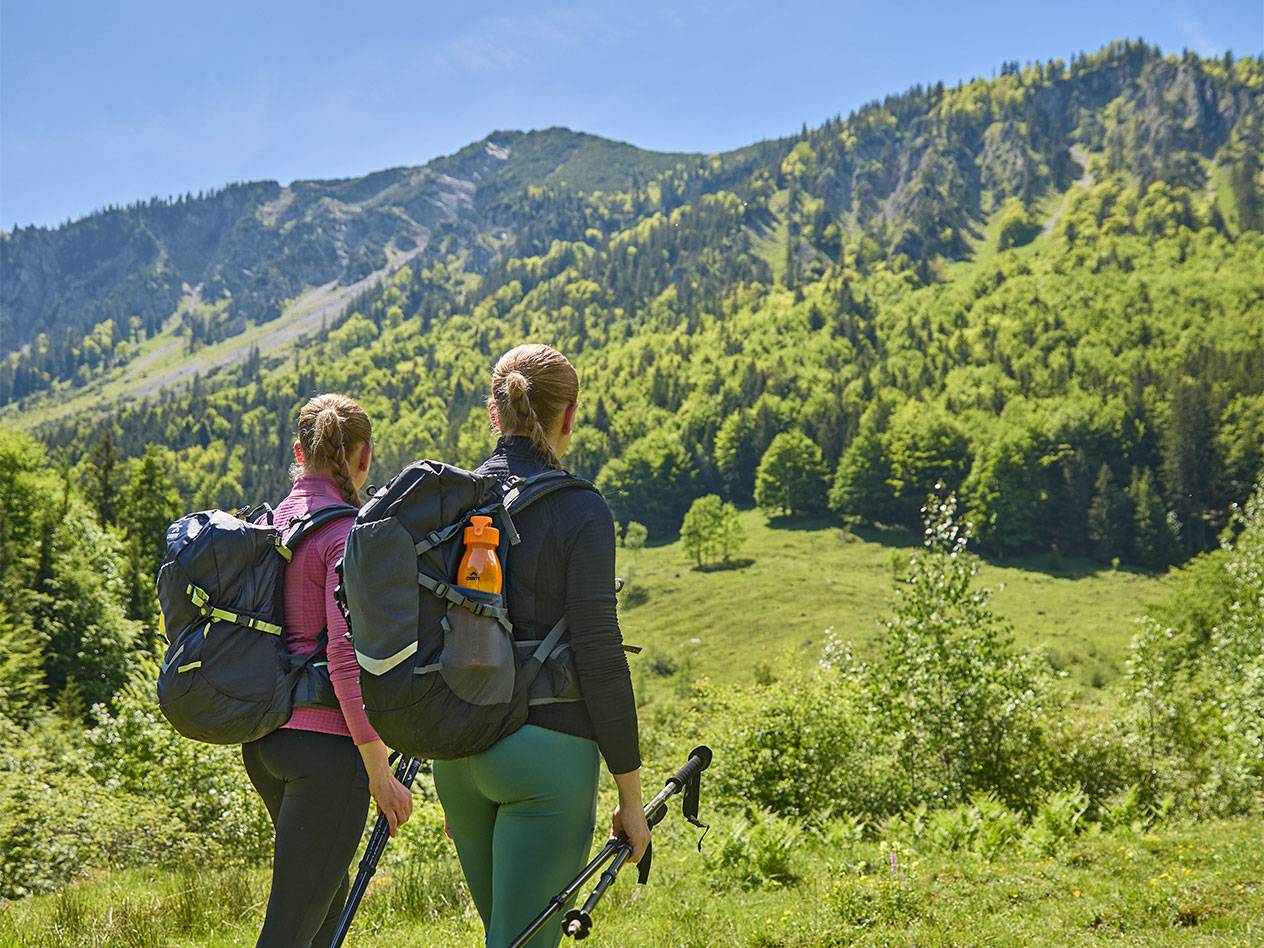
The first summit is just the beginning
The moment you stand on the summit can hardly be put into words - this also applies to short summit tours. Isa and Maren can't get enough of it: "Even if it's not the highest peak, you've just made it under your own steam! That feeling is indescribable for us!" You can experience exactly that too. Go out and try it. Your first summit will definitely not be your last.
Frequently asked questions about the first summit hike
Sturdy hiking boots, weatherproof clothing and a small rucksack with water are all you need for most beginner summits.
A certain basic level of fitness helps, but you don't have to be a sports pro. If you can walk briskly for 60 minutes, you can also manage moderate climbs with sufficient breaks.
Be sure to turn back in good time - safety always comes first. A rain jacket and a warm piece of clothing should also be in your luggage when the sun is shining.
